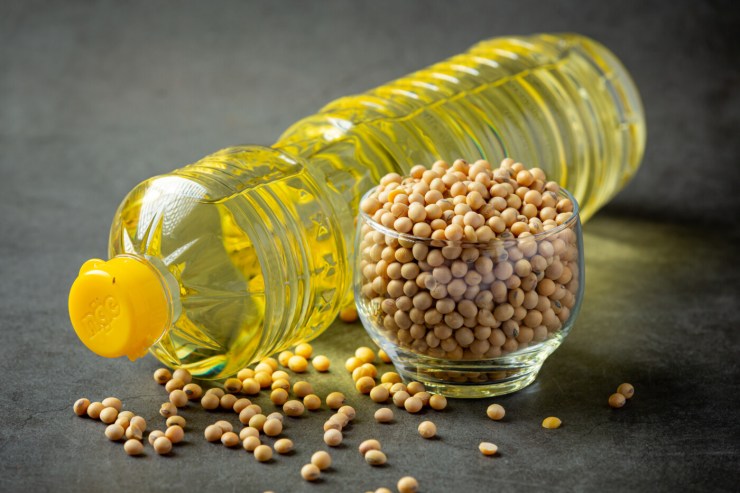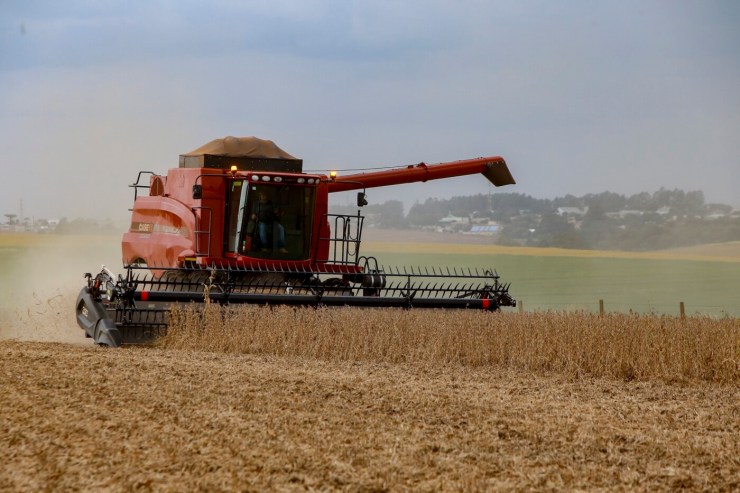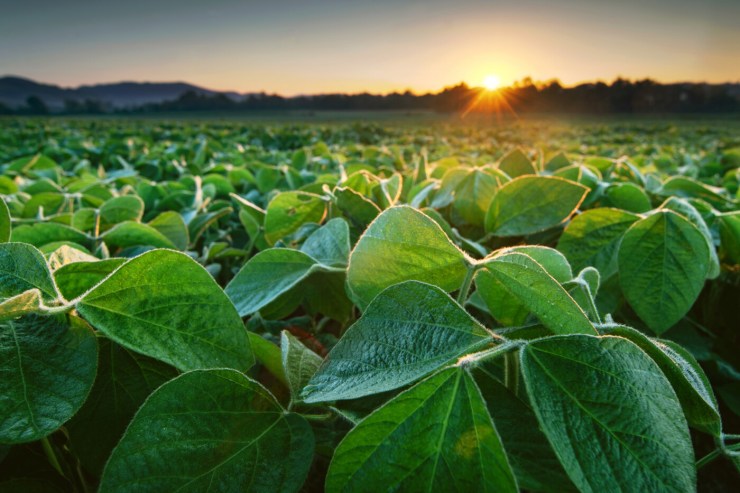The harvested area of soybeans in Rio Grande do Sul increased from 39% to 50%, and the contrast in productivity between crops and regions, caused by the drought, widened. Another 39% are maturing, 10% are in grain filling and 1% are in flowering. According to the Informativo Conjuntural, released last Thursday (10) by Emater/RS-Ascar, the occurrence of rain during the period, despite having slowed the pace of the harvest, favored the development of late-cycle crops.

Photo: Dartanhã Vecchi
In the western half of the state, rainfall was more intense and promoted the recovery of soil moisture to field capacity levels, mitigating the water deficit. However, due to soil and plant mass saturation, harvesting was temporarily suspended until operational conditions were reestablished. Yields range from 180 kg/ha in the far west to 6,000 kg/ha in the northeast of the state. The average state productivity is estimated at 2,240 kg/ha, but there is still a possibility of reduction due to the water shortage recorded in March, which affected crops in all cycles.
In the most critical regions, maturation is heterogeneous, reflecting water stress during the reproductive phases, associated with high humidity after the rains. There is a high level of moisture and impurities in the harvested grains, in addition to green, burnt and shriveled grains, which generates significant commercial discounts. As a corrective measure, the use of chemical desiccants was intensified to standardize crop maturation and mitigate quality losses. At the same time, the official registration of losses in financial institutions continued, and technical reports were issued by qualified experts.
Corn
The harvest progressed slowly due to the prioritization of crops that are more sensitive to post-maturation deterioration, such as rice, soybeans and beans, reaching 85% of the cultivated area. It is estimated that approximately 9% of the crops are in the maturation phase, with some remaining in the field until the harvest resumes, depending on the operational availability of the producers. This strategy is viable due to the greater resistance of corn, as long as the ears remain protected by intact straw and in favorable weather conditions, which ensure a lower risk of fermentation and growth of pathogens.
Average productivity remains estimated at 6,866 kg/ha, considered satisfactory. This index is mainly due to the performance of early crops, which escaped the most critical periods of water stress. Among the remaining phenological phases, 1% of the crops are in flowering, and 5% in grain filling. These areas benefited
due to widespread rainfall and more significant volumes, recorded in the last two weeks, which allowed the recovery of plant turgidity and the resumption of ear development, after the negative effects of the drought in March.
Corn Silage
The rains affected the harvest, which evolved little but remained at 85%. The reduced activity also results from the staggered sowing, a practice that aims to optimize the use of machinery, avoid overlapping with grain harvesting and mitigate climate risks concentrated in specific periods. The remaining crops benefited from the replacement of moisture during the period, distributed in the following phenological stages: 5% at the beginning of maturation, 6% at grain filling, 3% at flowering and 1% still in vegetative development. Average productivity is estimated at 36,760 kg/ha, corresponding to a reduction of 6.8% from the initial projection due to the drought.
Access the complete Conjunctural Information here.





